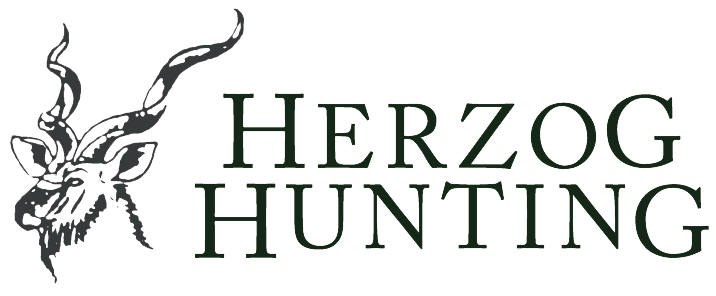The Black-faced Impala (Aepyceros melampus petersi) is a subspecies of the impala native to Angola and Namibia. It is not hard to tell it apart from the common impala, being significantly larger and having a black facial marking. It is also found in different locations than the common impala. While the species as a whole is not endangered, this subspecies has come close to extinction.
In 1968–1971, 310 individuals were transferred to Etosha National Park for better protection, and their number is steadily increasing. However, the current population is still less than 1000 and possible interbreeding with the common impala from nearby farms may be damaging to the gene pool.
The Impala is a water-dependent and typical ecotone species, associated with light woodlands and savannas, selecting open Acacia savannas with nutrient-rich soils providing good-quality grass, and high-quality browse in the dry season (Fritz and Bourgarel in press). In their semi-arid environment, Black-faced Impala also select the interface between wooded savanna and open grassy vleis.
Black faced Impala hunting in Namibia
For more information about your Blackfaced Impala
safari contact us on +2 64 81 1494999 or
email us at This email address is being protected from spambots. You need JavaScript enabled to view it.


 English (UK)
English (UK) Deutsch
Deutsch  Français
Français 

